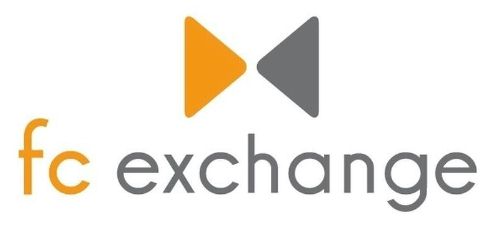GB POUND
The pound started the week at 1.1771 against the Euro, and 1.3048 against the US Dollar, it was another tough week for the pound despite the Bank of England slashing the interest rate to a record low and increasing its QE package.
The National Institute of Economic and Social Research suggested on Tuesday that GDP has shrunk by 0.2% in July. James Warren from niesr said: “We estimate that in the three months to July, the UK economy grew by 0.3%, a marked economic slowdown. The month-on-month profile suggests that the third quarter has got off to a weak start, with output declining in July. Our estimates suggest that there is around an evens chance of a technical recession by the end of 2017.”
More bad news followed as the Royal Institution of Chartered Surveyors survey showed that transaction levels and house prices fell to a 3-year low of +5, this caused a major sell off of shares in housebuilding companies.
The bad news for the UK economy continued as official figures showed that the construction sector has technically slipped into a recession. The office for National Statistics reported that output dipped 0.7% in the second quarter of 2016, following a drop of 0.3% in the previous three months.
The pound did not respond well to the raft of negative data coming out of the UK and it finished the week trading at 1.1562 against the euro, and 1.2911 against the US dollar.
EURO
Spain and Portugal both escaped fines from the EU over their excessive budget deficits. EU rules state that members are not allowed to have a deficit greater than 3% of their GDP. Last year Portugal’s was 4.4% and Spain’s was 5.1%, The EU council has given each country more time to bring their deficits in line with the rules, due to the fallout from Britain voting to leave the EU.
GDP growth in the eurozone slowed from 0.6% to 0.3% in the second quarter. The German economy grew twice as fast as expcted between April and May, forecast at 0.2%,data showed Europe’s largest economy grew at 0.4%. Spain’s economy grew by 0.7% and the Netherlands grew by 0.6%
This was in stark contrast to Italy and France who both recorded zero growth for the second quarter.
US DOLLAR
Jerome Powell, a member of the Federal Reserve Board of Governors warned that the US economy was at “an increasing risk of becoming trapped in a prolonged phase of slow growth”, Powell said that he was in no rush to raise rates and, that any future hikes would follow a slow and gradual path, he also warned that the outlook for the US was still dogged by global risks.
Thursday saw Initial and continuing jobless claims data for the month of July both fail to hit the forecasted figure, but the dollar held its ground against the majors. Positive import and export data further strengthened the US dollar as it closed the London session 0.4% up against the pound, and 0.3% up against the euro.
Friday we saw disappointing retails sales figures, as data showed both core and non-core failed to live up to expectations at 0.3% and 0.0% respectively.
Elsewhere.
Chinese exports declined 4.4% in July, this was a slight improvement from last months 4.8%, this is now the 12th time exports have fallen in the past 13 months, this data paints quite a worrying picture as China is a key driver of the worldwide economy.
The Reserve Bank of New Zealand issued an interest rate cut, cutting the rate by 0.25% to 2%. The RBNZ also hinted that more monetary policy easing might be needed as they stuggle to control the strength of the New Zealand Dollar.
Another Tough Week for the Pound Euro Exchange Rate


